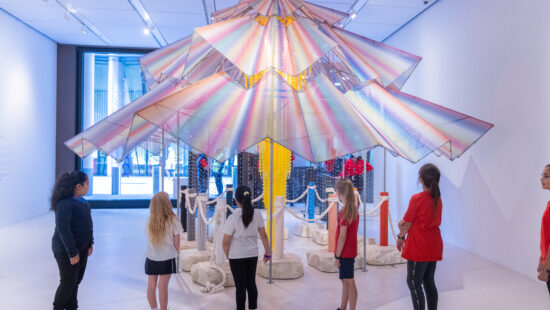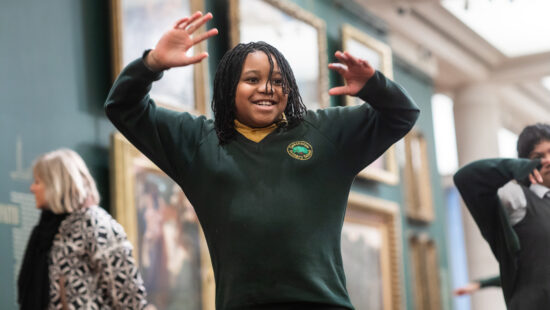Education in the Republic of Korea

Education in the Republic of Korea
The recent invitation to Artis from the South Korean Government to support creative education in their schools felt somewhat ironic. Whilst the UK Government is looking to Korea for how to excel in league tables, Korea is recognising that their top ranking status comes with challenges. Their focus is beginning to shift from rote learning to developing an education system that incorporates creativity.
In a speech, “Education in the Republic of Korea: National Treasure or National Headache?”, Byong-man Ahn, a former Korean minister of education, science, and technology, reveals what he believes to be the pitfalls of the Korean education system. Ahn is astonished by the world’s praise for a system in which the central mission is to gain high test scores. He notes the widespread practice of students devoting themselves to memorising immense amounts of information, and suggests that this has brought about great stress.
To think academic study and creative learning can’t coexist is a false dichotomy. The Korean government now wishes to build a more inclusive system that develops core skills such as imaginative thinking, empathy and risk-taking; from the top of the global league tables Korea has realised that rote learning and exam drilling alone won’t produce confident and innovative students. It will be an effort to change the system; during our work in Korea, we found learners who craved answers to commit to memory.
The national arts education programme run by the Korea Arts & Culture Education Service (KACES), is one of the ways the Korean government hopes to encourage “creativity, character and collaboration”, as is the ministry’s “new STEAM (Science, Technology, Engineering, Arts, and Mathematics) project, which aims to include multidisciplinary curriculums to foster creativity”. Ministers and educators want students to lead more creative lives; the Principal of an elementary school I visited in Seoul said “the arts give my children character education that opens their senses”.
As Sir Michael Barber said in Pearson’s Learning Curve report, a successful education system must value both creativity and the acquisition of knowledge. Yet as Korea is starting to develop integrated learning methods, our government has been taking lessons from their traditional system. Bringing arts and creativity to education in Korea is where east meets west. So whilst our government believes they are tending to a national headache by trying to improve our ranking, it is forgetting our internationally recognised national treasure: creative and cultural learning.
You can read the full article here, originally published in the Huffington Post.

